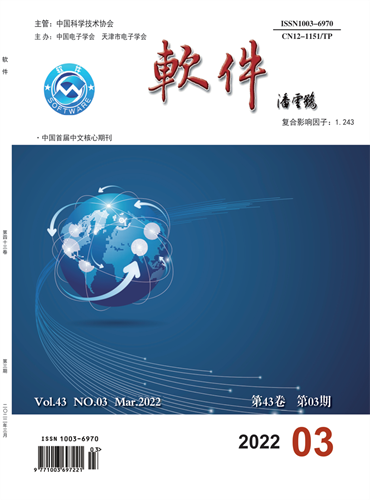从非正式需求构建正式规范
引用次数: 21
摘要
严格的面向对象分析(ROOA)方法提供了一个系统的开发过程,该过程从一组非正式的需求开始,产生一个可执行的面向对象分析模型。该模型用LOTOS表示,并提供了问题的静态、动态和功能方面的精确和明确的正式需求规范。然而,在非正式需求和正式规范之间存在很大的差距。为了帮助弥合这一差距,作者建议首先构建一个正式的、可执行的模型,该模型根据环境对系统的期望来指定行为。这个以用户为中心的模型将为需求捕获过程提供非常早期的反馈,并且可以用作构建ROOA模型的一个步骤。这两个模型都用相同的可执行形式化语言表示,因此可以组合它们以验证ROOA模型与以用户为中心的模型兼容,并且执行组合以根据需求验证它。本文章由计算机程序翻译,如有差异,请以英文原文为准。
Constructing formal specifications from informal requirements
The rigorous object-oriented analysis (ROOA) method provides a systematic development process which, starting from a set of informal requirements, produces an executable object-oriented analysis model. The model is expressed in LOTOS and provides a precise and unambiguous formal requirements specification of the static, dynamic and functional aspects of a problem. There is, however, a wide gap between informal requirements and a formal specification. To help bridge this gap, the authors propose that a formal and executable model which specifies behaviour in terms of what the environment expects from the system should be constructed initially. This user-centred model will give very early feedback to the requirements capture process and can be used as a step in the construction of the ROOA model. Both models are expressed in the same executable formal language and so they can be composed to verify that the ROOA model is compatible with the user-centred model and the composition executed to validate it with respect to the requirements.
求助全文
通过发布文献求助,成功后即可免费获取论文全文。
去求助
来源期刊
自引率
0.00%
发文量
11857
期刊介绍:
Computer engineering & Software, founded in 1979, is an academic journal of information technology sponsored by China Association for Science and Technology and China Institute of Electronics and Tianjin Institute of Electronics.
Computer engineering & Software has columns such as expert Forum, Fund project papers, software and database technology research, application technology and research, network and communication, image processing and application, multimedia technology application Artificial intelligence and recognition.
Computer engineering & Software is the source Journal of China Academic Periodical Comprehensive Evaluation Database, the Journal of China Core Periodical (Selection) Database, the source journal of Peking University's Chinese Core Periodical Overview (the first edition in 1992), the Journal of Wanfang data-Digital Periodical Group full-text Collection, the Journal of Chinese Science and Technology Periodical Database (full-text edition), and Wave Journals included in the "Copernicus Index" have been included in the United States "Cambridge Scientific Abstracts", the United States "Uhlig International Journal Guide", the JST Japan Science and Technology Promotion Agency database (2018) and other Chinese and foreign databases.

 求助内容:
求助内容: 应助结果提醒方式:
应助结果提醒方式:


